Roger Linn is considered by many to be the father of MIDI Polyphonic Expression (MPE), but of course Roger is quick to credit the others involved. He was kind enough to speak to us about how the movement towards MPE took off, and some of the challenges in being one of the first to market with an MPE controller.
First, a non-MPE question: You were close friends with Jon Appleton, who recently passed away. What are some of your favorite memories of Jon and why was he important to electronic music?
I met him in 1992 at ICMC—International Computer Music Conference —and we just hit it off. He was so bright and so focused and such an active listener. I remember we talked about how I was working with Akai at the time and I mentioned how Akai was collaborating with other Japanese companies to make a part of the VCR assembly of the day, so that all of the companies would benefit from selling it. Jon said, "Music product companies in the United States should do a collaboration like that." He immediately took action and organized a conference out of Dartmouth College to encourage U.S. music product companies to do a similar collaboration.
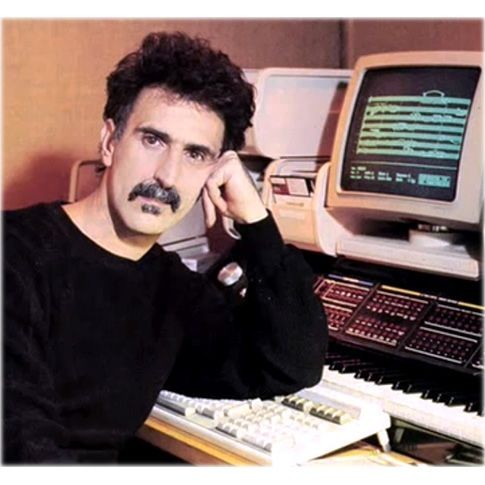
I also had great respect for Jon because of his functional design of the Synclavier, which was largely successful due to his knowledge of both what musicians want and how to design an interface that was most useful to them.
Jon was also irreverent and provocative. One of my favorite stories is about a Synclavier demonstration that Jon once gave for Dartmouth alumni, in which he played one of his compositions. Someone shouted out "can you play something we know", to which Jon replied "How about the theme to Deep Throat?". Jon actually ran for the Vermont Senate at one point. I still have an "Appleton For Senate" button.
How did MPE come about?
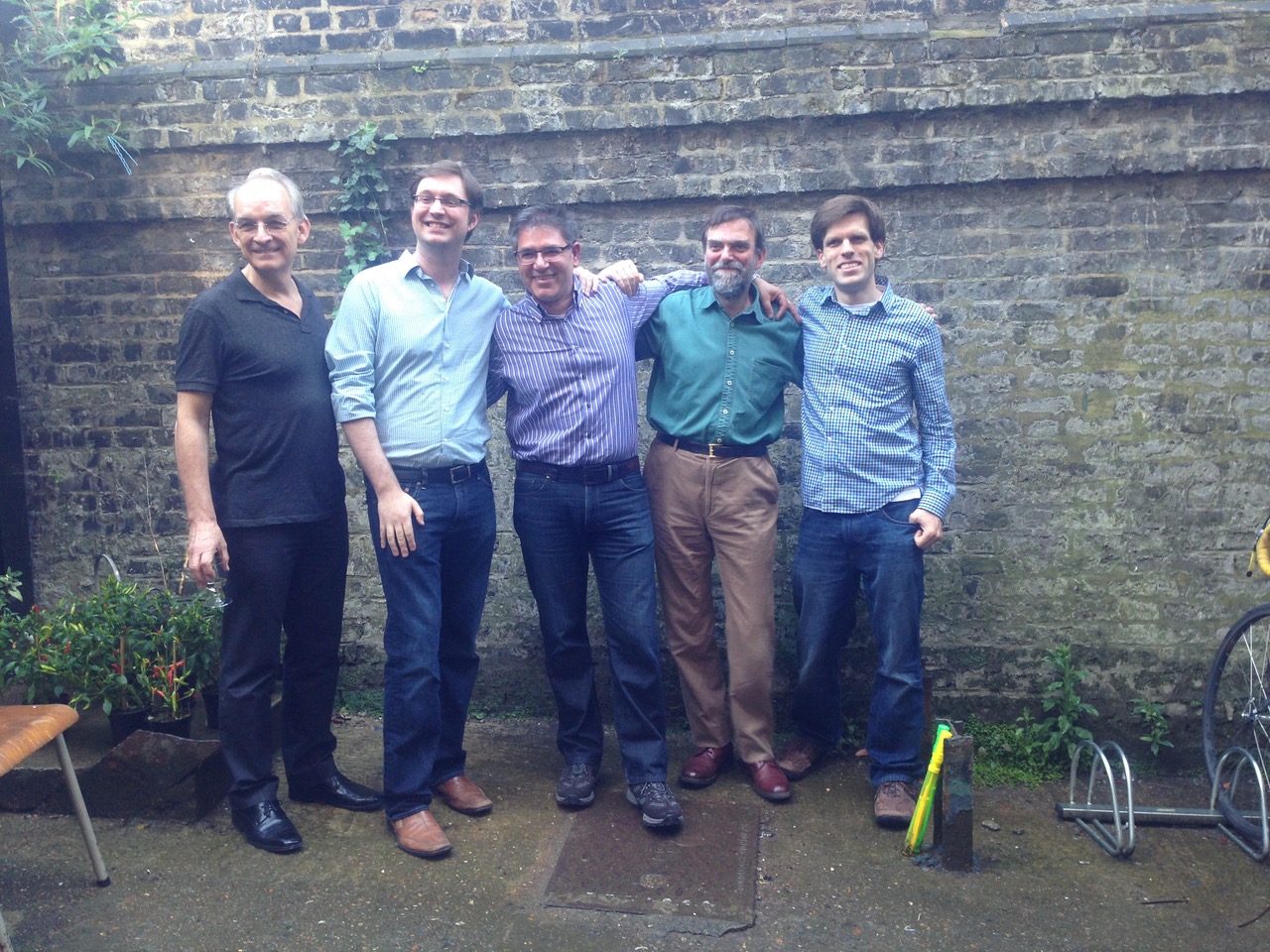
The reason for MPE is to fix a limitation in MIDI 1.0. Although MIDI's "Poly Pressure" messages permit sending polyphonic finger pressure to a synth over a single MIDI channel, there is no way to send polyphonic pitch bends or polyphonic Y-axis messages over a single MIDI channel. This fix was necessary in order to achieve the full benefits of what we now call MPE controllers, but at the time were loosely called multidimensional polyphonic expression controllers, which is where the acronym "MPE" originally came from. In order for synth makers to create new synths that could be used with such expressive instruments like LinnStrument or Seaboard, there needed to be a standard way for them to communicate over MIDI.
So I contacted my friend Roland Lamb, the founder of ROLI, who was working on the same problem. Apple, Moog and some others joined the conversation, and LinnStrument programmer Geert Bevin was particularly helpful.
We collectively worked out a solution: send each touch— including its continuous pressure, X-axis and Y-axis position—over a separate MIDI channel. This solution is nothing new and is part of MIDI 1.0 called "MIDI Mode 4", primarily intended for MIDI guitar controllers in order to allow independent string bends.
But, MIDI Mode 4 had a problem: how do you send MIDI messages that are common to all touches, like sustain pedal, overall volume or program change?
The answer we came up with was to use a separate "all touches" channel for such common messages, in addition to the "per touch" channels. For example, you could use channel 1 for these common messages, and channel 2 through 16 as the per-touch channels. This solution was especially convenient because Apple's Logic and MainStage had already implemented this exact solution in their built-in synths, calling it "MIDI Mono Mode". Eureka!! We had an answer, and it required no change to the MIDI spec because it was simply a use of MIDI 1.0.
The people at ROLI felt it would be easier to communicate this to the public if we worked with the MIDI Manufacturers Association (MMA) to create an official addendum to the MIDI specification. After four long years, the MIDI Association finally released the official "MPE" specification, changing the words represented by "MPE" from "multidimensional polyphonic expression" to "MIDI polyphonic expression" and adding some details. Unfortunately they also released the MIDI 2.0 spec at the same time, which used a different method to achieve the same thing, sadly confusing synth makers and musicians everywhere. But at least MPE was finally official.
You released LinnStrument in 2014 and you have been promoting both the concept and your own product since then. What has been most challenging about marketing an MPE controller in the last 7 years?

I think the hardest part is explaining the benefits of expressive touch control, because there are few examples of it in current music. The primary human interface for performing electronic sound is the MIDI piano keyboard, which is essentially an array of on/off switches, and on/off switches don't permit those subtle music gestures like performed vibrato, bends, continuous loudness control over the duration of each note, etc. Without these expressive elements, music performed on on/off switches is better suited for supporting musical parts than for the focus of your attention. In my view, this has resulted in electronic performance being used mainly as background for singers, dance and picture: One, in popular songs, electronic instrumental solos are rare. Electronic music is used for background parts, but the singer is the focus of attention. Two, in dance music, electronic music is background for dance, or three, in music for picture, the music is the background for the visuals.
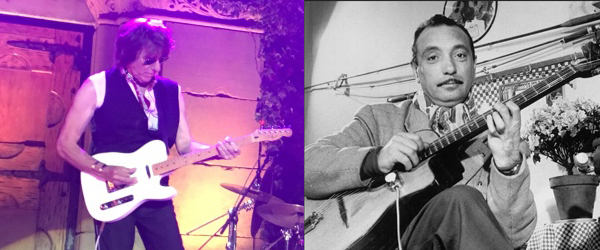
The thing I miss is virtuosic solo instrumental musicians like Jeff Beck or Django Reinhardt, or Charlie Parker, music in which a skilled soloist's performance is sufficiently compelling to be the focus of your attention, the foreground. If there were more example of such expressive solo electronic performances, I think it would be easier for people to see the benefits of expressive instruments over music played on on/off switches.
How would you describe the typical early adopter of LinnStrument?
The average age is about 45 years old, but ranges from around 20 to 70. They're mostly people who have either played an acoustic instrument before and value those subtle expressive gestures, but also very much love the new world of electronic sound and want to combine these. They think outside of the box. What I mean is that most people who decide to learn a musical instrument look at available options and likely choose guitar, keyboard, drums, piano, or a few others. But the people that buy LinnStruments are people who have thought about what a musical instrument can be in the twenty first century, and don't want to be limited by an instrument that was designed a few centuries ago.
It's also appealing to people who have technical backgrounds. They like music but also they're attracted to LinnStrument's open-source code because they can modify it to better fit their own personal musical needs.
It's interesting that you mention the new technology part because so many of the people listening to electronic music are very computer savvy and are perhaps attracted to how MPE uses technology to help people create better music.
That's true. Many musicians today are very tech savvy and want to choose an instrument with not only fewer musical limits, but also fewer technological limits.
Polyphonic expression is something you could always do with a guitar or other stringed instrument—you could play a G and a D together and bend the D up to an E while the G sustains. Are there more people who play violin or guitar that have bought LinnStruments and then learned to play the keys on the LinnStrument? Or is it more keyboard players who want more of that polyphonic expressivity, which isn't available in most non-MPE controller keyboards?
It's both. I would say that someone who has played an expressive acoustic instrument like guitar or violin or winds—and therefore appreciates the beauty of expressive performances gestures—will be more likely to value LinnStrument's expressive control. But pianists are also attracted to LinnStrument because they understand that the piano pitch layout isn't very good for performing expressive pitch gestures, because of the uneven pitch intervals and rear position of the accidentals.
Regarding your example of bending one guitar string while holding another steady, that's a great example of the advantage of MPE's polyphonic pitch bends. However, it's also important to note that MPE isn't required for expressive control, only for polyphonic expressive control. MPE means "MIDI polyphonic expression", but many solo performances are monophonic, for example wind or bowed-string instrument solos. So any old one-channel MIDI synth is capable of monophonic expression. MPE merely added polyphonic pitch bends and polyphonic Y-axis control. Among the most expressive non-MPE synths today are Audio Modeling's software wind and bowed string instruments, which are all monophonic instruments and therefore don't need MIDI polyphonic expression.
As a guitarist, I like LinnStrument's pitch layout, which consists of multiple rows of consecutive semitones—like strings—and the rows can be tuned however I wish. This makes sense to me.
Yes, each of LinnStrument's rows is like a string and you can tune the rows however you like. So, if the user is already familiar with the advantages of a certain pitch arrangement like a cello or guitar, they can tune the rows that way. But most LinnStrument players use the default tuning, in which the rows are tuned in intervals of musical fourths, which I feel provides easy fingering of popular chords and scales while providing a wide total pitch range.
Have you sold LinnStruments to people who have never played an instrument?
Usually people say they've played an instrument before, either proficiently or at least a little. But there are also people who are new to musical instruments and find LinnStrument's pitch arrangement—like a stringed instrument—to make more sense than a piano arrangement because of the advantages for expressive pitch gestures and because it's isomorphic, meaning that a given chord or scale uses the same fingering in all 12 keys.
Tell me about artists who have used a LinnStrument to create music that they couldn't have created without it. That LinnStrument enabled in one way or another.
There are few LinnStrument players who are professional musicians, but not so many. I suspect that's because they are already proficient at a specific instrument— keyboard or guitar, for example— and see LinnStrument as a quality instrument but a different instrument than what they already play. But it's also true that due to the current world of file sharing and COVID, there aren't so many professional musicians anymore. Regardless of the reason, there are highly skilled LinnStrument players but they tend to make their living elsewhere than music.
On the LinnStrument page on my website, there are two compilations of videos submitted by LinnStrument players from around the world, who have amazing skills.
Your experience with percussion controllers can't be overstated. What sorts of things can MPE do to change the performance of a drum track?
Of course you can do finger drumming, using LinnStrument's 200 pads. But the expressive control enables new worlds for beatmakers. There's a feature on drum machines called Note Repeat or Roll, which I invented and introduced in my 1984 Linn 9000. Using this, you can vary pressure on a drum pad in time to a metronome, and the software automatically generates repeating notes—8ths, 16ths, 32nds, etc., in straight time or swing—with the velocity of each generated note taken from the pressure value at that instant.
LinnStrument's built-in arpeggiator is like Note Repeat on steroids— the velocity, pitch and filter frequency of each generated note is taken from the pressure, X-axis and Y-axis values at that instant, respectively, and polyphonically. For example, you can play an entire drum kit of kick, snare and hihat live with three fingers, each with independent 3D expressive control.
Okay, so it's been six years. How much acceptance of expressive control have you seen in electronic music?
There are some wonderful examples in the compilation videos I mentioned above. Other than that, it's gradually growing. New ideas take time to be accepted. Gradually there will be more examples in popular music, which will better allow people to understand the value.
If you had to do it all over again, is there anything you'd do differently?
I'm satisfied. There are now around 3500 LinnStrument players in world, which isn't bad for a new musical instrument.
Especially an expensive one.
When I made my first drum machine, the LM1, which was used on all those great recordings by Prince, Stevie Wonder and others, I only made a total of 500 units. So I'm pretty happy with 3500 LinnStruments sold, and they are in some very talented hands.
Who else is doing it right, would you say, in the world of MPE controllers?
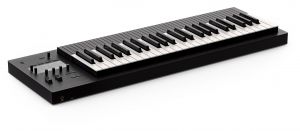
Several companies like ROLI and Keith McMillen and the Expressive E are doing a great job of adding touch expression to a traditional piano's pitch arrange, and in various creative ways. I see the merit in providing a familiar interface to pianist. But to me, the traditional piano's pitch arrangement does not lend itself well to expressive pitch gestures like bends or pitch slides because you can't directly slide in pitch from one note region to another, which is the most intuitive way to perform pitch gestures. Even if you could have a flat surface with piano-key-shaped regions, pitch bends would require sliding in different distances and directions depending on which musical key you're playing. ROLI's Seaboard works around this by putting continuous pitch strips above and below the key waves but in my view, gestural control should not be separate from note selection. For example, if you play guitar and you want to bend a string, you play the note on the string and bend that same string to raise the pitch, which is intuitive. You don't play the note on the string then perform a bend with a separate pitch control strip. Same thing on the violin or cello. If you play a D and you want to slide it to an E, you move it up two semitones. It's all one interface, not two different ones.
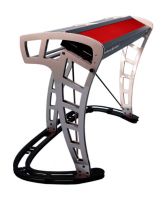
I have the most respect for Lippold Haken and his design of the Continuum Fingerboard, which first existed in 1999, long before LinnStrument, and he presented the original idea in 1986. Very creative, innovative and smart guy. Whereas LinnStrument has 8 polyphonic rows of continuous, evenly-spaced pitches with a short 3/4" Y-axis range within each row, Continuum has a single polyphonic row of continuous, evenly-spaced pitches with a much longer Y-axis range of about 6", which is more useful for the third dimension of timbre control. It also has an extremely fast touch sensing system that captures the finest nuances of initial touch, especially when used with its built-in synth, the Eagan Matrix. Continuum players love their instruments, and for good reason.
Any MPE synths that you particularly like?
The Sculpture synth in Apple's Logic and MainStage is currently my favorite synthesizer. It uses physical modeling, and I think that the quality and flexibility of its sounds, and creative and highly functional user-interface, are great. Physical modeling gives you the sonic richness and accuracy of samples, but with the expressive malleability of synthesis. I also love the SWAM software wind and bowed-string instruments from www.audiomodeling.com. It uses physical modeling and some samples in combination, which under their design perfectionism results in software instruments that are sonically perfect and continuously malleable in loudness, pitch and timbre as the instruments they model, something samples aren't capable of.
Do you have any final advice for people developing a MPE instrument or controller at this point?
I would suggest thinking about whether you're interested in extending a past metaphor or whether the advantages of breaking with the past are worth it. Some people are thinking more out of the box, like Lippold Haken or what I would like to think I'm doing. We're asking what the best human interface for music is that can be created from the technology of 2022, which we feel offers significant advantages over traditional instruments developed with the technology of perhaps the year 1700. In centuries past, there have been wonderful technologies. There were strings, blown tubes, frets, and most recently electricity. Now we have different technologies. We have different sensing methods. We have different software technologies, different things you can use to make a better instrument for today.
But MPE hasn't gotten its Jimi Hendrix or Keith Emerson yet, has it?
Give it time, give it time. The good news is that time moves faster these days. Think how long it took for the guitar or violin or saxophone to gain popularity. It seems to me that expressive controllers are being accepted faster by comparison.

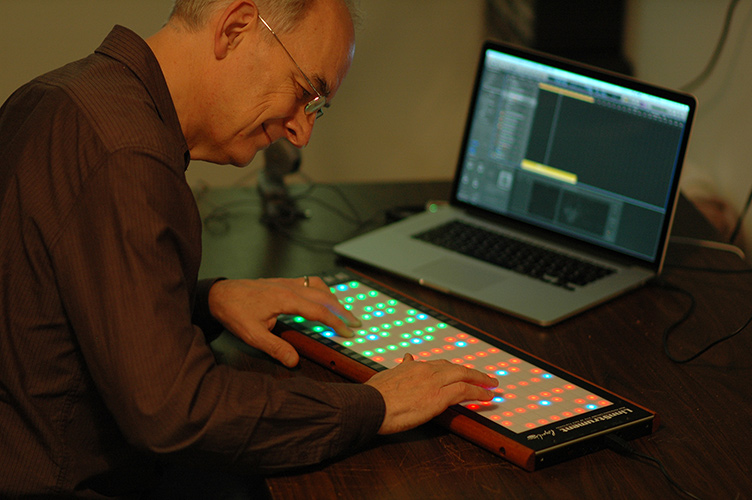
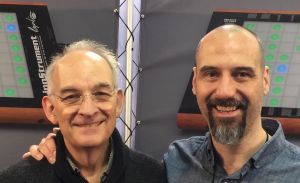
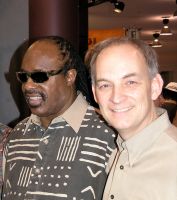

 Other Related News
Other Related News









